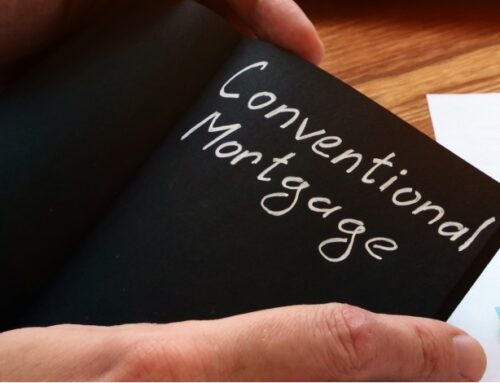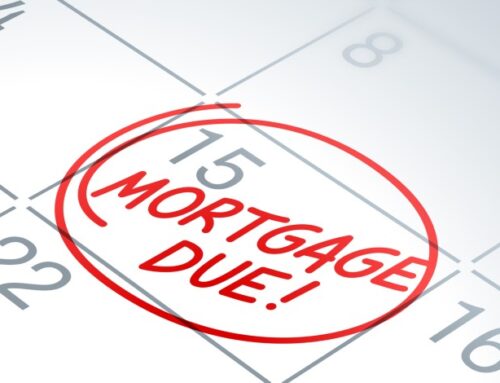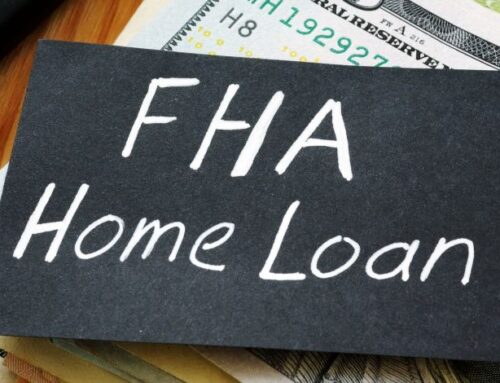When purchasing residential property, there are numerous types of insurance coverages. However, most of the packages can fall into two main categories. One that protects the property, also known as homeowners’ insurance, and the other that protects the lender, called private mortgage insurance, often shortened to PMI.
PMI is a typical cost for borrowers of conventional mortgages who put less than a 20% down payment. Keep reading to learn more about PMI, how it works, how much it will cost you and much more.
What Is Private Mortgage Insurance (PMI)?
Private mortgage insurance (PMI) is a type of insurance coverage generally required for conventional mortgage borrowers. If you’re buying a home with a conventional loan and put less than 20% of the home’s purchase price down, PMI is usually added to your monthly mortgage payment. PMI doesn’t protect the property. Instead, it acts as a safeguard for lenders if you stop making payments on the loan.
For instance, if you purchase a home in Phoenix for $425,000, you’ll need to put down at least $85,000 to avoid paying PMI. Once you’ve purchased the property, you can stop paying PMI when you’ve built at least 20% equity in the home. PMI will automatically be removed once your loan-to-value ratio reaches 78%.
PMI is only attached to conventional mortgages. Other home loans may come with a different kind of mortgage insurance. For example, FHA loan borrowers must pay mortgage insurance premiums (MIP). PMI and MIP operate differently from each other.
How Much Is PMI?
PMI rates, similar to other kinds of insurance policies, may change daily due to market fluctuation. However, PMI generally costs between 0.5% to 1% of the total loan amount each year.
Let’s see how that may look in practice. According to the most recent data from Zillow, the average cost of a home in Phoenix is $425,000. If you purchased a home for $425,000, you might pay between $2,125 and $4,250 per year for PMI. Since PMI is added to your monthly payment, in this scenario, you would be paying approximately $177 – $354 per month for PMI.
It’s important to note that the example above is a rough estimate based on current rates. Lenders will also consider other factors when determining your PMI costs. Those factors include:
- Your down payment amount
- Credit history
- The type of loan you choose
Let’s delve into each of these additional factors to see how they may influence your overall PMI costs.
Size of down payment
The size of your down payment is the most important factor in determining how much PMI you’ll have to pay. If you don’t meet that 20% down payment threshold for a conventional loan, your lender may require you to pay PMI. That’s because lenders view borrowers with a smaller down payment at a much higher risk.
A smaller down payment will increase your monthly mortgage payment, which may take longer to cancel out PMI. Additionally, you increase the odds that you may miss a payment, and as a result, you may be charged higher PMI premiums.
If you have the extra funds to allocate toward a down payment, it may benefit you throughout the duration of the loan. Not only will your monthly payment be lower, but you’ll also be able to cancel PMI much faster.
Credit history
The down payment amount is the most influential factor when determining PMI. However, your credit score is the most significant factor throughout the mortgage process.
Your credit score is a three-digit number representing the likelihood of you paying back borrowed money. A higher credit score shows lenders that you’re responsible and are likely to represent a low risk.
A strong credit history and a solid score may allow the lender to charge you less for PMI premiums. However, if you have a lower credit score, you may represent a higher risk for the lender. Therefore, you may pay higher PMI premiums.
Type of loan
The type of conventional loan you choose may influence how much you’ll have to pay for PMI. Fixed-rate loans may reduce the risk for the lender due to the rate and monthly payment remaining consistent throughout the entire loan.
If you opt for an adjustable-rate mortgage (ARMs), the risk may be higher for the lender because of the unpredictability factor of the interest rate. As a result, the insurance rate could be higher with this type of loan. With that said, ARMs generally have a lower initial interest rate than fixed-rate options. Thus, you can pay more toward the principal amount, which can help build equity at a more rapid pace and reduce the overall cost of PMI.
How To Avoid PMI
To avoid paying PMI, you’ll need to understand the two main types of PMI.
- Borrower-paid private mortgage insurance: Most common type of PMI where you pay in monthly installments included in your mortgage payment.
- Lender-paid private mortgage insurance: The lender pays the costs during the closing process, and you pay it back in the form of a higher interest rate.
Borrower-paid private mortgage insurance
Borrower-paid PMI is the standard type of PMI where the insurance premium is added to your normal monthly mortgage payment.
To avoid paying BPMI, you’ll need to put down at least 20%. Once you’ve reached at least 20% equity in your home, you may request to have it removed. Moreover, after you’ve reached 22% BPMI or 78% loan-to-value ratio (LTV), it’s generally removed automatically.
Another option you can pursue to avoid paying BPMI is to use a piggyback loan. To effectively use this tactic, you’ll need to put approximately 10% down on a second mortgage, such as a home equity line of credit (HELOC). The funds from the second loan will cover the amount needed to reach 20% equity on the primary mortgage.
Before you use this tactic, you should consider the benefits and drawbacks. The most significant advantage is that PMI will be eliminated faster. However, a major drawback is that you’ll be making two loan payments. Additionally, the interest rate on the second mortgage will be higher because the initial loan will be paid first in the event you default.
Lender-paid private mortgage insurance
Lender-paid PMI is where the lender provides a lump sum payment during the closing process. In return, you’ll take on a higher interest rate. The lender may allow you to pay the entire PMI balance at closing, and you wouldn’t receive a higher interest rate.
This type of PMI may be cheaper than the BPMI, but that would depend on the current insurance rates. Unfortunately, there is no way of avoiding paying LPMI because the payment is made upfront. The only way to cancel LPMI is to reach your home’s 20% equity threshold.
How To Get Rid Of PMI On A Mortgage
If you elect to go with borrower-paid PMI, you may be able to contact your lender to express that you believe your PMI should be canceled. Eligible reasons for PMI cancellation include:
- Reaching the 20% equity threshold: Once you’ve built at least 20% equity in your home, you’re eligible to cancel PMI.
- You’ve made major home improvement adjustments: If you’ve made any improvements toward your property that significantly increase the home’s value, you may be eligible to request that PMI be removed.
- Natural increase in your home’s value: You may request to have PMI removed if your home’s value increases naturally based on market conditions and not related to your home improvements. However, if the request is between two and five years after closing the loan, Fannie Mae and Freddie Mac may require at least 25% equity in the home.
To have a successful request for the removal of PMI, you’ll need to be up-to-date on your monthly mortgage payments, and an appraisal will be conducted to verify the current property value. If you never request to remove PMI, it will automatically be canceled once you’ve built 22% equity in the home.
Learn More About The Homebuying Process
If you’re planning to take out a conventional mortgage and plan to pay less than a 20% down payment, it’s important to understand the intricacies of private mortgage insurance. Your PMI rate, the duration to remove PMI and whether you elect BPMI or LPMI will depend on your current financial situation and the specific loan type you choose. When shopping for a mortgage provider, ask them about their process for PMI and how much you may have to pay.
Want to learn more about the homebuying process? Check out some of our recent articles where we discuss everything from the preapproval to the closing process.
- First-Time Homebuyers Guide to Home Loans: This article discusses mortgage options for first-time homebuyers.
- How to Get Preapproved for a Mortgage: Preapproval is one of the most important steps to securing a home. Learn more about how you can get approved to finance the home of your dreams.
- Debt-to-Income Ratio: How to Calculate Your DTI: Debt-to-income ratio (DTI) is a metric used by lenders to assess the risk of lending you money. Learn more about how DTI factors into the mortgage process and how to calculate your DTI.
- 10 First-Time Homebuyer Mistakes to Avoid: We discuss some of the most common mistakes first-time homebuyers make and offer solutions to avoid them.




